My moment of the week was stumbling into the shocking, fantastical Cabinet of Curiosities in the Alexander McQueen show at the V&A. On the walls were tier upon tier of dresses, shoes and headdresses, feathered, leathered, beaded, painted, razored, or tenderly embroidered with a fairy needle. Rotating at the centre of the room was the Spray Paint Dress that a dazed Shalom Harlow wore while robots ejaculated paint over her in 1998. What could be more sinisterly resonant of classical ballet’s erotic world? McQueen made his one and only ballet working with Sylvie Guillem 18 months before his suicide — remember her as the cross-gender Chevalier d’Eon in Eonnagata? But fashion was a vastly more permissive (and richly resourced) playpen for his darkling artistry.
My other moment of the week was the diagonal opposite. Clean, precise, intellectual, extreme dancing that needs no costume to be brilliant: William Forsythe’s In The Middle, Somewhat Elevated, as taken on by English National Ballet in a rare modern bill at Sadler’s Wells.
The title is diversionary. Middle and high up hangs a pair of golden cherries, over some sort of bleak rehearsal room in which nine dancers prowl lethally in practice clothes, heedless of the shuddering noises all around — cannonfire perhaps, guillotines, wrecking balls. The work had been made for Sylvie Guillem and her crowd, the most arrogantly golden of all generations, the Paris Opera bunch nursed by Nureyev. Forsythe exploited their mastery of ballet’s extreme physicality and theatricality in his 1987 work, which redefined ballet as no other choreographer had since Balanchine.
Today such athletic limberness can be assumed routine in a company such as ENB, but it still takes scorching charisma and rhythmic artistry to do the piece justice. One knew the bantam-weight Alina Cojocaru punches many times above her size technically. Even more striking was the revelation of Begoña Cao’s pantherine hunger and Crystal Costa’s gleeful precision-bombing. The dark, willowy Cao gets leading roles. But Costa is a short, muscular woman generally confined to secondary solos and Tchaikovsky, so it was a boon to see her explode like a missile out of the shadows, her ponytail like a whip, knowing exactly how to set off every explosion with her toe or the flick of a finger. Hers was great dancing, worthy of the best.
The Forsythe made up for the other two works on the bill. I think of these short London seasons of ENB’s as a protest vote amid their long tours of classics. Boss Tamara Rojo is playing the European card, showing ‘modern masters’ of the past quarter-century whom Britain’s flagship companies have largely ignored.
Jiri Kylian, for instance, now 67, is massive in the rest of the world but never cracked the UK. But it’s not our fault. Half a century of Ashton and MacMillan, with constant injections of Balanchine, Forsythe, Merce Cunningham and Piña Bausch, has shaped our consciousness in such a way that the smoothies of the Euro crowd struggle to be comparably compelling.
And Kylian really is smooth. I like what I’ve seen of his early stuff when his Czech edges showed, and his choreography is always gracefully shaped, but the process of Eurofication has blended all the chunks into a purée.
His Petite Mort, with guys in underpants swishing épées and corseted gals sighing over their black ballgowns, chimes savvily with the E. L. James phenomenon, but actually this is 50 shades of beige. Using the slow movement of Mozart’s piano concertos as the wallpaper is cheap too. ENB’s artists may be mostly foreign but they brought a rather English shyness to proceedings. The knowing sensuality that Rojo lathered over her own section was more the point, I suppose.
Hamburg Ballet’s John Neumeier, 76, is another world name neglected in Britain, and from Spring and Fall I can’t muster any regret. Cojocaru at her most winsome noodles about in white cheesecloth for 45 cute minutes apparently worrying where her kitten has gone, enlisting the sorrowful aid of various chaps in white ashram pants. The choreography is etiolated, physically and expressively, while Dvorak’s Serenade smiles gummily on and on and on.
There’s another switch to Europe going on up at Northern Ballet, where they have (temporarily) replaced their long-beloved home-grown Romeo and Juliet by the late Christopher Gable with a cool, smartly decorated version by the fashionable Monte Carlo contemporary choreographer Jean-Christophe Maillot, 55.
Ernest Pignon-Ernest has made wonderful white curved walls for Verona that shift about silently, washed in everchanging tints. And Jérôme Kaplan’s costumes are a whirl of expensive-looking fabrics — bronze, silver, crunched cream — with some terrific masks and virtuoso jerkin-making for the men.
Juliet is retooled as a bit of a ladette ready to bare her tits (Martha Leebolt has no problem with ladette), and the emotional drama, counterproductively, is transferred into a young, agonised Friar Laurence as the observer of the unfolding story. Lady Capulet is one of those unfunny cougars who prowl about in skintight black, hissing at Tybalt like a loco running out of water. Romeo, clearly a bit of a dolt, has some classical gracenotes in his role (Giuliano Contadini shows that well), but kills himself by throwing himself at a sharp corner of Juliet’s tomb.
Surely the committee to reinvent the wheel thought that one up.
Got something to add? Join the discussion and comment below.
Get 10 issues for just $10
Subscribe to The Spectator Australia today for the next 10 magazine issues, plus full online access, for just $10.
You might disagree with half of it, but you’ll enjoy reading all of it. Try your first month for free, then just $2 a week for the remainder of your first year.

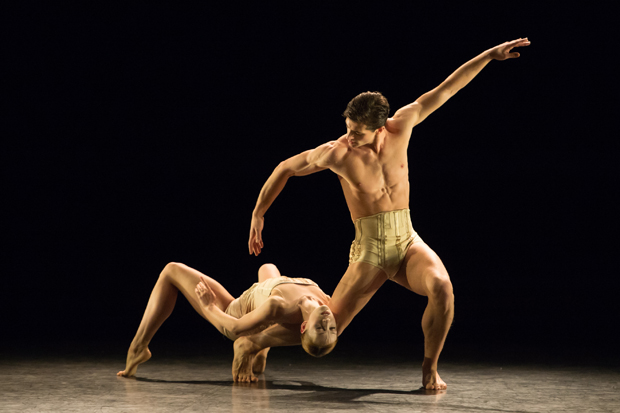
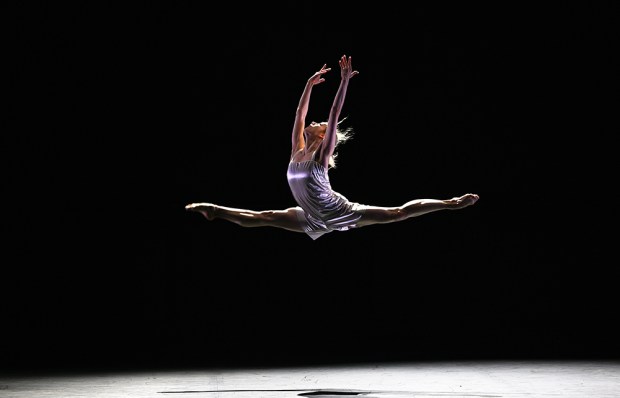
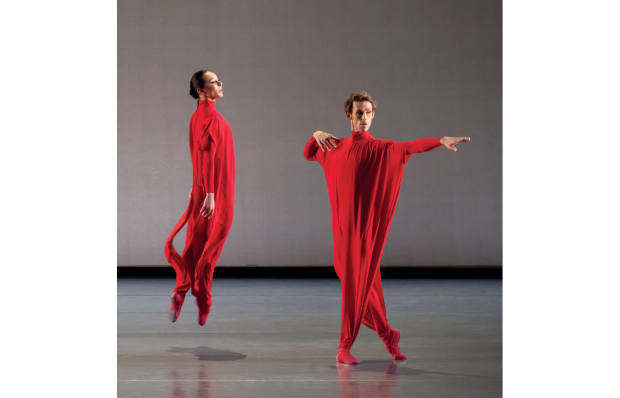
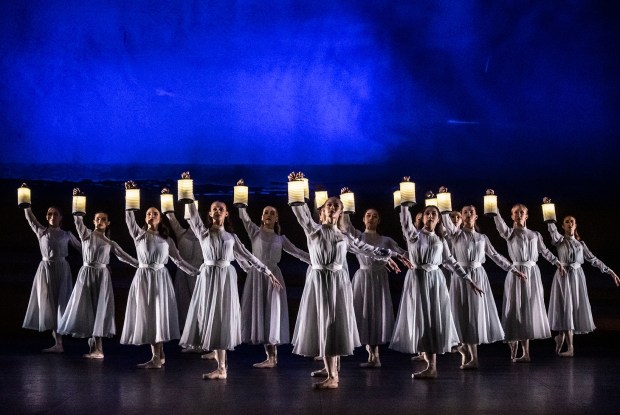
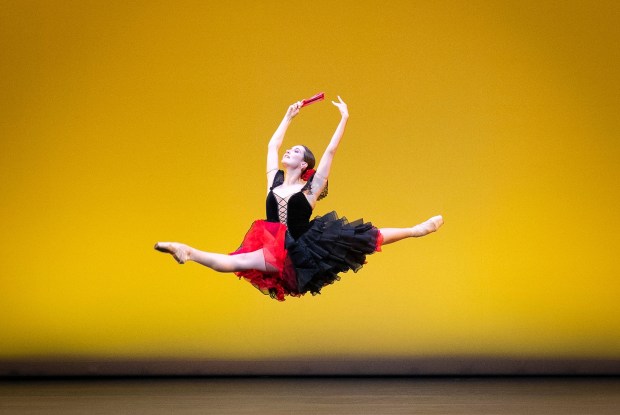
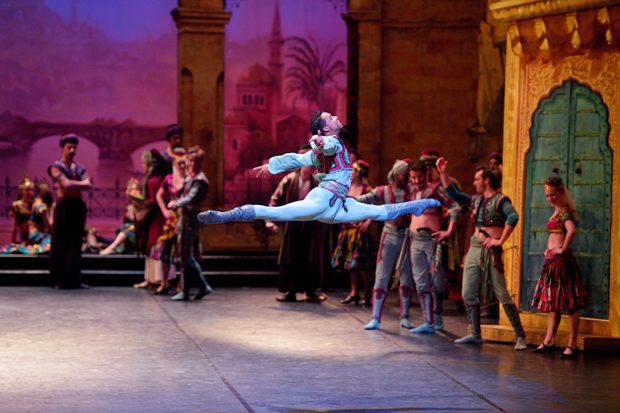
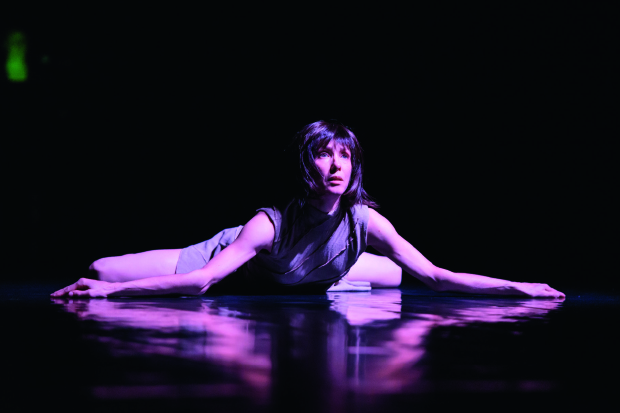






Comments
Don't miss out
Join the conversation with other Spectator Australia readers. Subscribe to leave a comment.
SUBSCRIBEAlready a subscriber? Log in